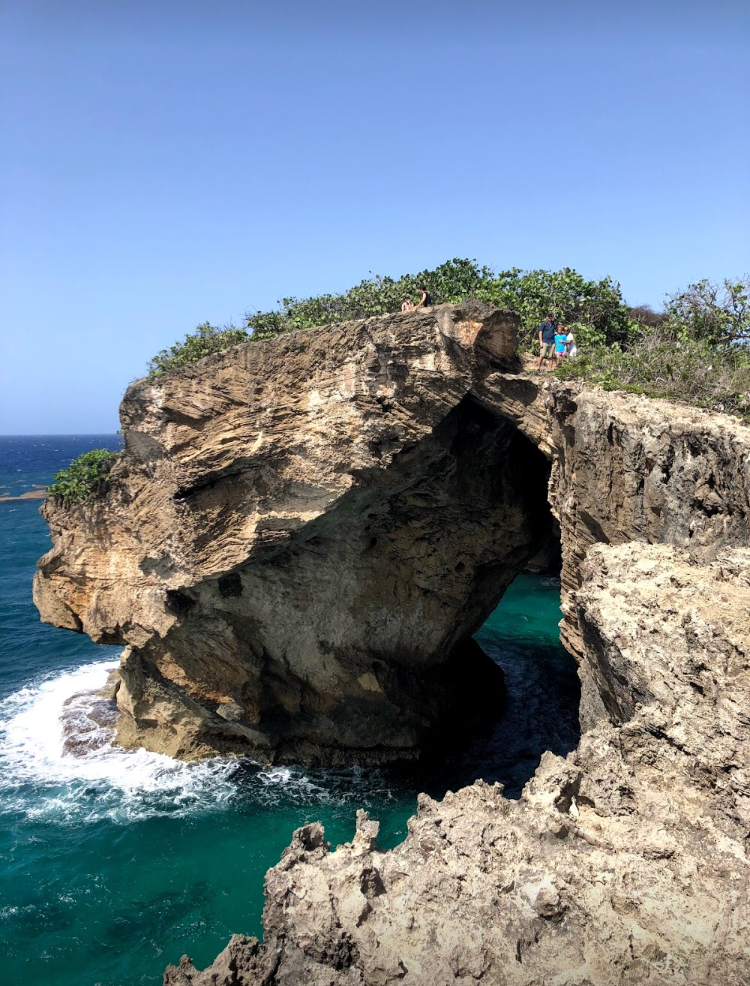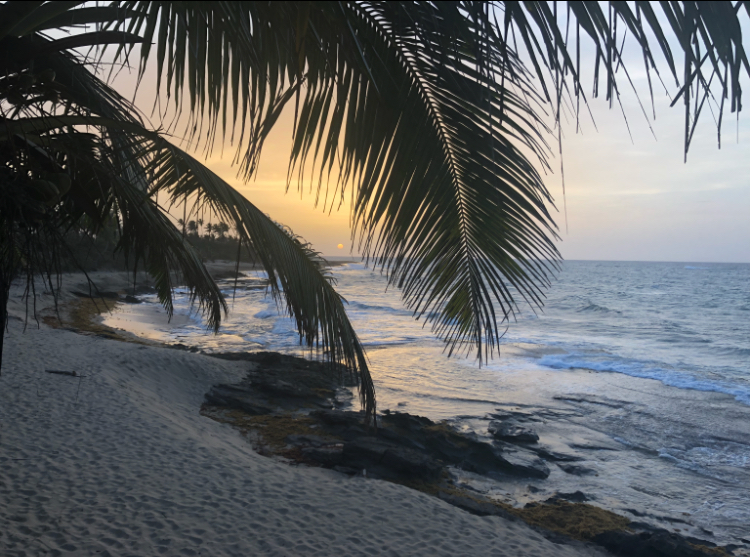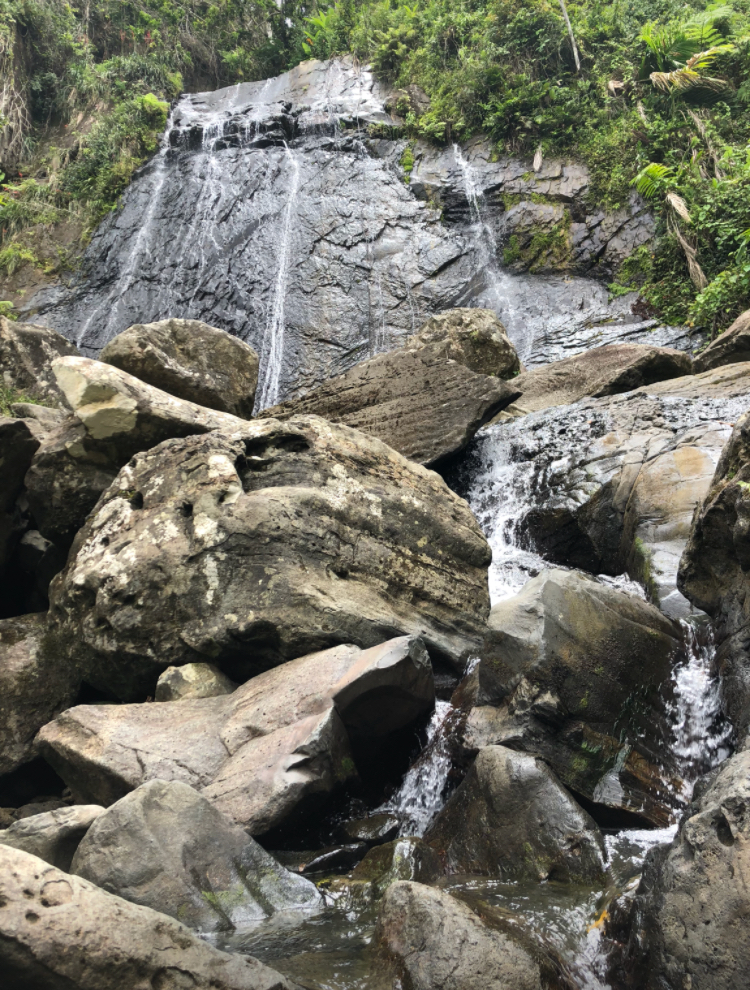
In 2017, Hurricane Irma and Maria churned and strengthened along their catastrophic paths across the Carribean, showing no mercy as they tore apart communities, homes, and families– including those in the island of Puerto Rico. Thousands of landslides ensued, water systems became inoperable, the entire electrical grid failed, and 95% of cellular sites stopped working.
My family decided to travel to Puerto Rico last summer as an effort to spend our money in the economy of this devastated island. Although the recent hurricanes brought my family’s attention to Puerto Rico, many Americans are still not aware of the island’s situation nor its status in relation to the United States.
Puerto Rico is an unincorporated territory of the USA, a fact that often goes forgotten. The territory comprises of both Spanish and English speakers and exists as a blend of Caribbean and American culture. It is a rich and vibrant hub, bringing together the new and the old, the modern and the traditional. It is a place where many worlds collide, in turn generating a fresh culture full of savory food, exceptional music, and stunning art.
A tourist visiting Puerto Rico would most likely land at the Luis Muñoz Marin International Airport near San Juan, the island’s capital and largest city. Although the city offers many bars, nightclubs, and casinos, the dazzling lights and party of modern San Juan aren’t what makes the city special. Its best feature, rather, is Viejo (Old) San Juan, a historic district located on the islet of San Juan, best accessed through the Cataño Ferry.
Here, one can walk along the cobblestone streets, surrounded by colorful Spanish colonial buildings, where bright yellows, pinks, and oranges provide a stark contrast to the clear, blue sky. Old San Juan is also home to two massive 16th-century fortresses: El Morro and San Cristóbal. These structures still contain remnants of past life, such as piles of old cannonballs, cannons, tunnels, and dungeons.
The next Puerto Rican marvel we visited was El Yunque national forest: a natural beauty worth spending a full day to enjoy. This forest, the only tropical forest in the U.S. forest system, is located southeast to San Juan, no more than an hour’s drive away. Sadly, several trails and waterfalls still remain closed due to lingering damage from Hurricanes Irma and Maria.
Most hikers end their travels at La Mina Waterfall, a picturesque spectacle of cascading water rushing from massive rocks into a chilly pool. Here, many hikers take a quick, refreshing swim after hours of walking (or, for some people, driving). We saw many rivers and natural pools along the way to La Mina, and several had rope swings for younger visitors to enjoy! Regardless of the chosen trail or destination, El Yunque is a spectacular adventure boasting magnificent scenery and captivating wildlife, such as the Puerto Rican Parrot and the Coquí frog.
These locations are a small fraction of those we visited and an even smaller fraction of those Puerto Rico has to offer. Other spectacular Puerto Rican feats include the island’s bioluminescent bays, Luquillo Beach, the Flamboyant Tree, the Rio Camuy Caves, the Arecibo Observatory (largest radio telescope in the world), and plenty more.
Unfortunately, Puerto Rico has not been provided adequate financial relief for the countless communities devastated by Hurricane Irma and Maria in 2017. Traveling to the island, however, is a great way to enjoy a vacation as well as support a population struggling to get back on its feet. Every dollar spent by a vacationer strengthens Puerto Rico’s tourist and consumer sectors, in turn bolstering the island as a whole.
Dear Reader: This page may contain affiliate links which may earn a commission if you click through and make a purchase. Our independent journalism is not influenced by any advertiser or commercial initiative unless it is clearly marked as sponsored content. As travel products change, please be sure to reconfirm all details and stay up to date with current events to ensure a safe and successful trip.

